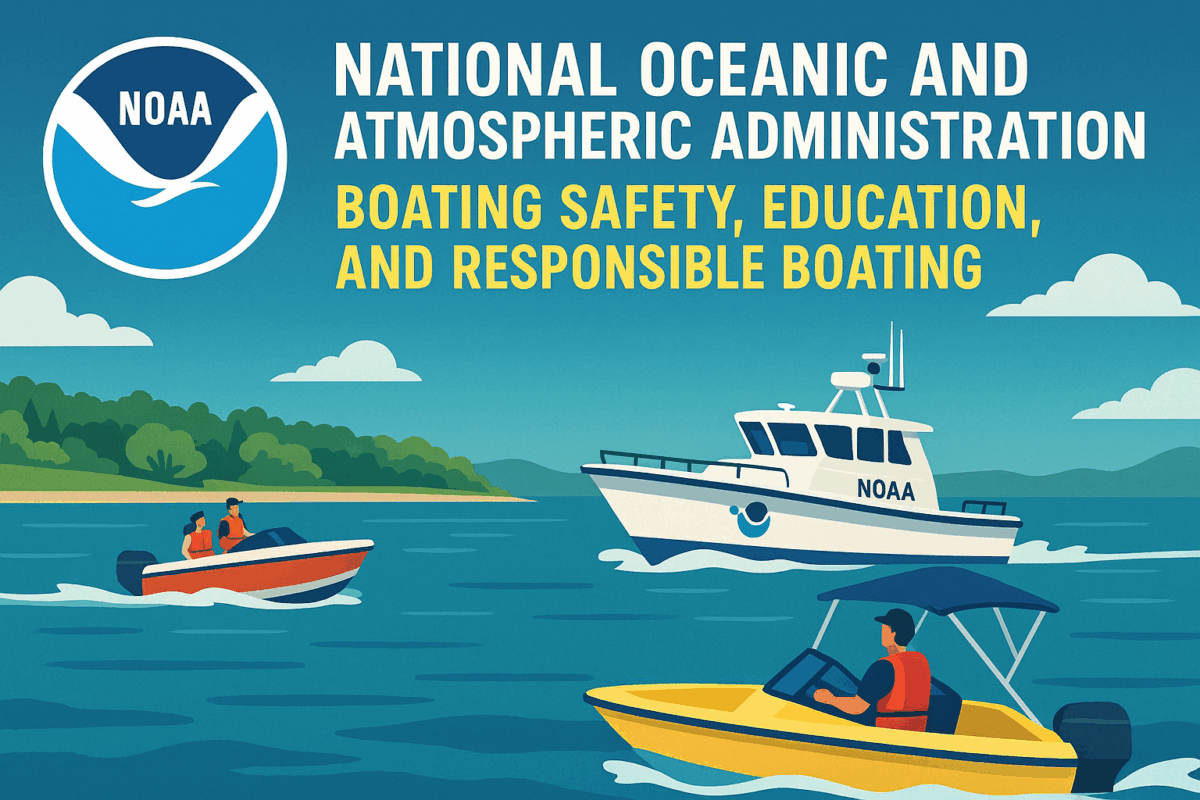Call: 1-800-832-7191

NOAA Ocean to Atmosphere
NOAA Ocean to Atmosphere Research Connects Climate, Weather, and Marine Science
The NOAA Ocean to Atmosphere initiative explores how oceanic conditions influence weather patterns, climate systems, and atmospheric behavior. This research helps scientists understand the complex interactions between sea surface temperatures, wind patterns, and storm formation. Because oceans store and release vast amounts of heat, they play a critical role in shaping global climate. NOAA uses satellites, buoys, and research vessels to collect data and improve forecasting. By studying these connections, scientists can better predict extreme weather and long-term climate shifts.
Understanding the Ocean’s Role in Weather Systems
Oceans drive many of the Earth’s weather systems through heat exchange and moisture transfer. Warm waters fuel hurricanes, while cold currents influence wind patterns. Because these processes affect rainfall, droughts, and storm intensity, NOAA monitors them closely. The agency uses real-time data to improve seasonal forecasts and early warning systems. Accurate predictions help communities prepare for natural disasters and reduce economic losses. Understanding ocean-atmosphere dynamics is essential for public safety and environmental planning.
NOAA Ocean to Atmosphere Tools and Technology
The NOAA Ocean to Atmosphere program relies on advanced tools to gather and analyze environmental data. Satellites track sea surface temperatures, while buoys measure salinity, currents, and wave height. Aircraft and ships collect atmospheric samples and ocean profiles. Because technology evolves rapidly, NOAA continuously upgrades its systems to enhance accuracy. These tools support climate models, weather forecasts, and marine ecosystem studies. By integrating data from multiple sources, scientists gain a clearer picture of Earth’s interconnected systems.
Supporting Climate Resilience Through Research
NOAA’s research helps policymakers, educators, and communities make informed decisions about climate adaptation. Rising sea levels, shifting storm tracks, and changing precipitation patterns all stem from ocean-atmosphere interactions. Because these changes affect agriculture, infrastructure, and public health, understanding them is vital. The NOAA Ocean to Atmosphere initiative provides the science needed to guide sustainable solutions. Educational outreach and public data access ensure that everyone benefits from this knowledge. Informed action leads to stronger, more resilient communities.
